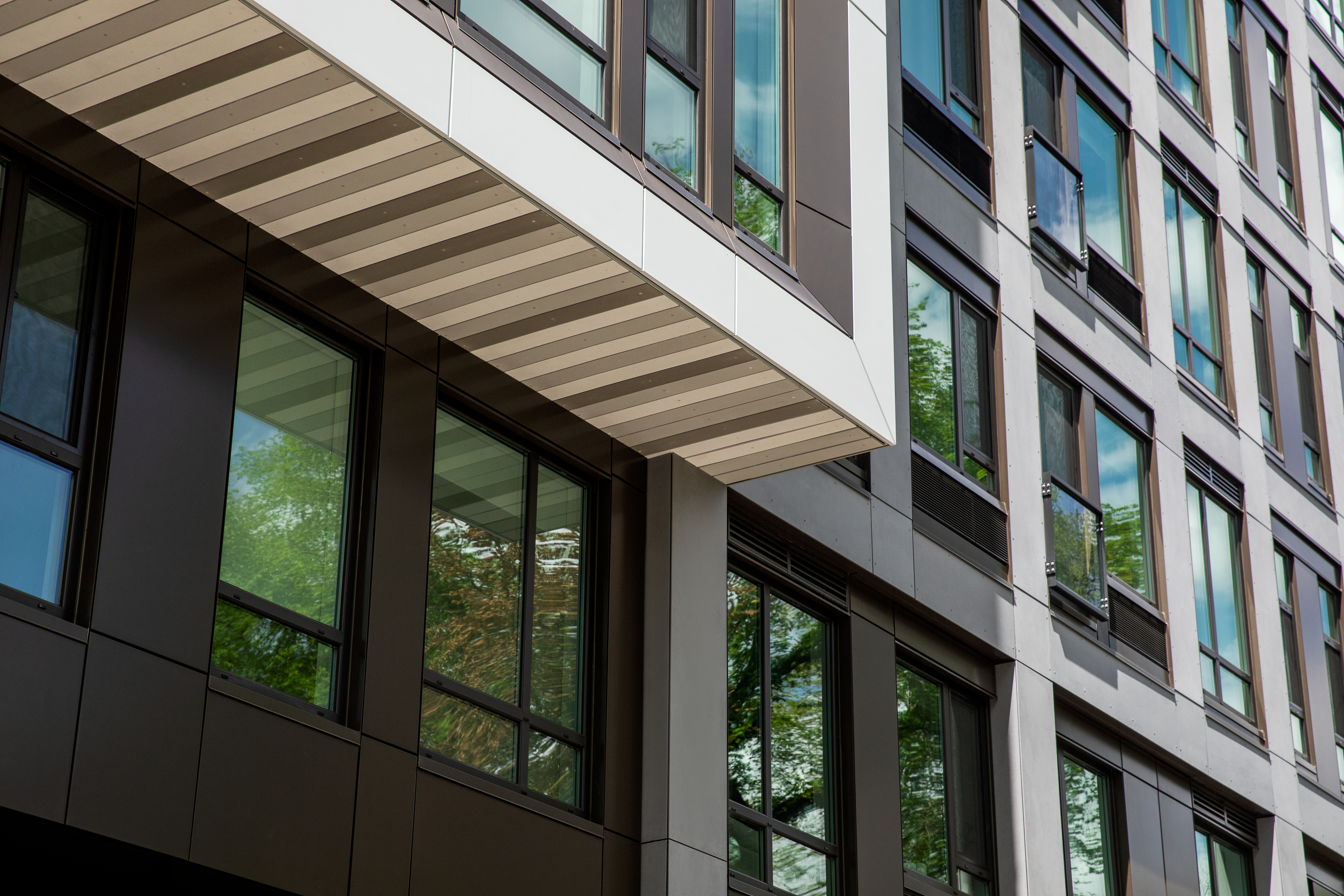Ludwig Hatschek invented fiber cement

Fiber cement is a durable and versatile material with a history spanning over 100 years. When Ludwig Hatschek invented fiber cement in the late 19th century, he combined the basic elements of the earth: mineral materials, water, air and fire (heat) in a simple filtration process.
How is it made?
- Portland Cement – binds all the ingredients
- Cellulose fibres – sourced from sustainable reserves, act as filter fibres
- Synthetic fibres – used as reinforcing fibres
- Sand – used for its resilience and weather performance
- Water – brings it all together and activates the hardening process of the cement
A raw and unfinished character

A history of creativity

Since the 1950s, fiber cement has undergone a remarkable transformation. Pioneering architects like Walter Gropius first embraced coated fiber cement panels as part of the ventilated facade (rainscreen) system, valuing their durability and weather resistance. Today, advancements in technology have elevated fiber cement beyond its origins, offering architects greater customization in color, texture, and design.
Modern fiber cement cladding can replicate the look and feel of natural materials like stone and concrete while providing enhanced durability and lower maintenance. With a wide range of profiles available, architects can add depth, character, and elegance to commercial facades without compromising on performance.


